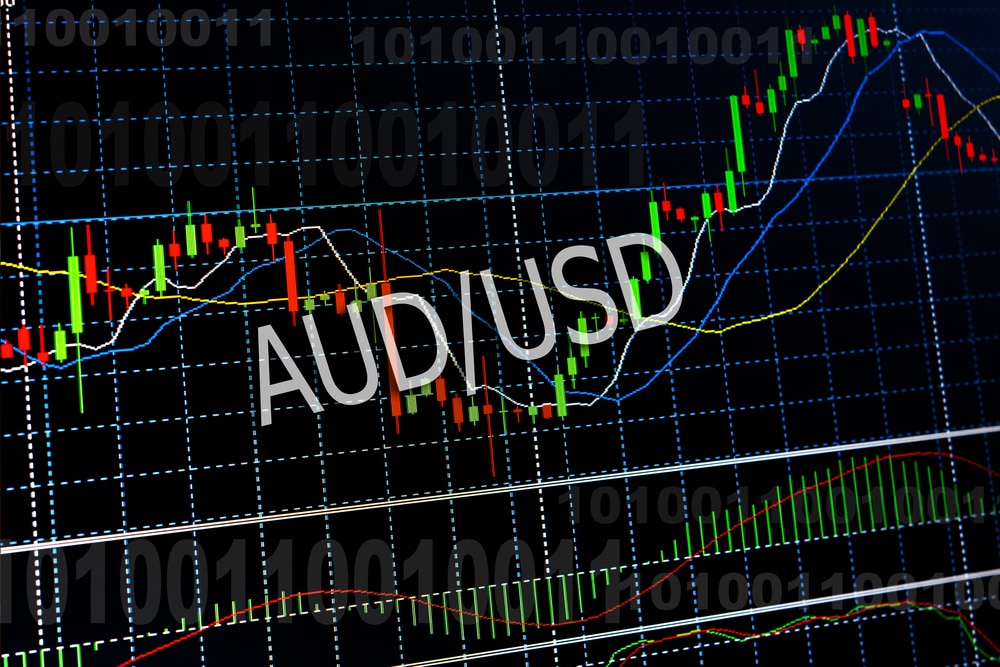Briefly –
- USD remains stronger
- Commodities prices weaken.
- COVID-19 still hindering China.
AUD Fundamental Backdrop
The Australian dollar surrendered most of its (yesterday’s) marginal gains amid soaring risk sentiment. Meanwhile, the United States dollar appears strong as commodities prices resorted to a lower turn. Australian commodities export isn’t an exception as spot gold & iron ore remain in the red.
The AUD’s decline comes as China sees another COVID-19 wave as Shenzhen cases disrupt the economy again. Meanwhile, Hong Kong sees sprouting COVID cases, forcing China’s government to (potentially) close the Hong Kong- Mainland China border. That impacts commodity demand, aggravating the Aussies.
AUD-USD Economic Calendar
There’s nothing much for Australian-specific data, and the United States will stay in focus today with multiple Federal speeches, including Jerome Powell’s first financial testimony. That can lead to dollar swings as the discussions will likely resolve around interest rates and inflation.
AUD-USD Technical Outlook
Daily AUD-USD price actions reveal an approximately 1.2% decline today. Meanwhile, analysts do not see extended lows as more depreciation is unlikely ahead of Powell’s testimony.
Crucial Resistance Levels
- 20-day Exponential Moving Average
- 7000
Crucial support levels
- 6829
IDCS Data – Mixed
The IG Client Sentiment stat reveals retail traders longing on AUD-USD. While publishing this blog, 70% of the pair’s traders hold long positions. Meanwhile, DailyFX analysts have a contrary opinion to investor sentiment, highlighting that the latest shifts in long & short positioning lead to near-term hesitancy.
Meanwhile, global inflation remains at elevated levels. For instance, the United Kingdom experiences inflated and multi-decade peak price pressures. The latest UK inflation data from ONS (Office for National Statistics) shows yearly headline inflation stood at 9.1%, matching market expectations, whereas monthly inflation saw a 0.7% increase. Meanwhile, the annual number reflects the highest figure since 1997.
Also, the Bank of England recently cautioned about inflation potentially hitting 11% in 2022 before easing. The United Kingdom central banks will have to balance expanding the economy while lowering inflation.
Indeed, the FX dashboard remains weak amidst inflation and recession fears, and the latest COVID-19 cases from China would worsen the situation.


